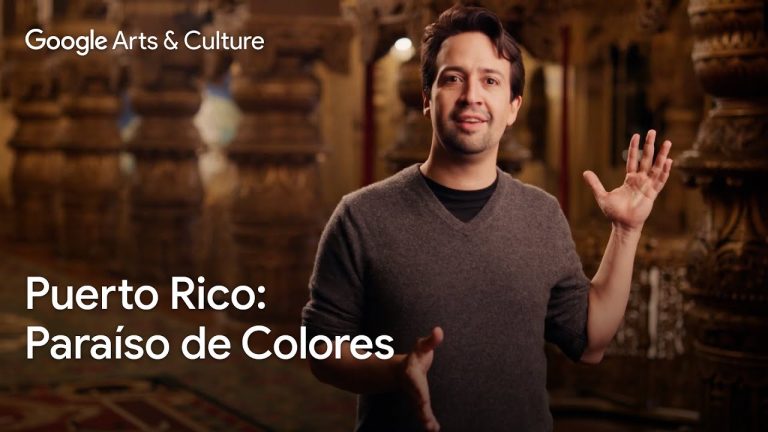Contenidos
- Tema 49 oposiciones geografia e historia
- Teaching and learning social sciences, geography and history in secondary education pdf
- Didáctica de las ciencias sociales, geografía e historia pdf
- Didactics of social sciences, geography and history summary
- Tema 49 oposiciones geografia e historia 2021
- Post Relacionados:
Tema 49 oposiciones geografia e historia
The theoretical and scientific preparation of the candidate, which can be contrasted by looking at the courses he/she has taken, the books or articles he/she has published, especially in relation to the specialty or subject for which he/she chooses, the lectures he/she has given, etc.
The pedagogical and didactic abilities as a future education professional, which are particularly judged in the oral presentation before the examining board, where not only your intellectual capacity is valued, but also your expository technique, your clarity and rigor when presenting, the completeness of your proposal of “programming” and “didactic unit”, etc.
First part: this is a practical test consisting of a series of exercises to verify that the candidates have the scientific training and a mastery of the working techniques required to teach the areas, subjects or modules of the specialty for which they are applying. The duration of this part of the test will be determined by the respective calls.
18. Cuestiones técnicas y analíticas sobre algunos bronces fenicios y orientalizantes de la Península Ibérica. . . . . . . . . . . . . . . . . . . . . . . . . . . . . . . . . . . . . . . . . . . . . . . . . . . . 517 Ignacio Montero Ruiz – Alicia Perea – Javier Jiménez Ávila
Fig. 2. Despiece de los fragmentos de patera de Limassol y posición en la que aparecieron (A, B, C y D por un lado, y E y Fon por el otro, plegados y unidos; G y H, independientes, apoyados sobre los otros). En el fragmento A puede leerse “rey de los sidonios”; y en B + C y H, “para Baal del Líbano, mi señor”; la expresión alusiva al Bronce aparece en D; en E + F y G, “gobernante de Qarthadasht”.
Fig. 4. Base de una columna de bronce encontrada en Cerdeña, parte de un altar, con una inscripción trilingüe (CIS I 143) y reconstrucción de la columna con la posición de la inscripción que dedica el altar a Eshmun Merre.
Fig. 5. 1. Estela de Yehawmilk (CIS I 1) con la dedicación de un altar de bronce y otros objetos de metal precioso; 2-3. Estelas púnicas (CIS 330 y 3275) con mención de trabajadores del bronce y del metal; 4. Tablilla de maldición de plomo (CIS I 6068); 5. Inscripción sarda (CIS I 140) con dedicación de un altar de bronce.
In other images, elements alluding to positivist biological and anthropological practices of the late nineteenth and early twentieth centuries, such as measuring tools and extreme close-ups of facial features, refer us to craniology and phrenology. These practices of physical biology had a strong impact in Guatemala in the early twentieth century, articulating around what became known as “the Indian problem” and resulting in health policies of control and reorganization of the indigenous population.[4] The Series seems to propose a reflection on the role of photography in the racial and ethnographic representation of the time that was part of the aforementioned policies. Thus, some images include old photographic cameras, which seem to enable a meta-artistic level, that is, one in which the work reflects on its own historicity, its conditions of possibility and production. (Fig. 2)
From the framework created by these imprints, the gazes of the portrayed subjects tend to stare at González Palma’s lens, revealing the presence of the camera and the artist and questioning the gaze of the observers. The fact that the gesture of the gaze that challenges the camera at the moment of capture is repeated in the Series highlights the terms and subject positions involved in the act of representation, which Nelly Richard warns about,
Tema 49 oposiciones geografia e historia 2021
Los “Países Catalanes” han estado en el centro de proyectos tanto culturales como políticos desde finales del siglo XIX. Su dimensión, principalmente cultural, adquirió una creciente carga política a finales de los años sesenta y principios de los setenta, a medida que el franquismo comenzaba a extinguirse en España, y lo que había sido un término cultural restringido a los conocedores de la filología catalana se convirtió en una cuestión divisoria durante el periodo de la Transición española, con mayor acritud en Valencia durante los años ochenta. Los proyectos lingüísticos y culturales modernos incluyen el Institut Ramon Llull y la Fundació Ramon Llull, gestionados por los gobiernos de las Islas Baleares, Cataluña y Andorra, el Consejo Departamental de los Pirineos Orientales, el ayuntamiento de Alguer y la Red de Ciudades Valencianas. Desde el punto de vista político, se trata de un proyecto panacionalista para unir los territorios de habla catalana de España y Francia, a menudo en el contexto del movimiento independentista de Cataluña. El proyecto político no goza actualmente de un amplio apoyo, especialmente fuera de Cataluña, donde algunos sectores lo consideran una expresión del pancatalanismo[10][11][12][13] La unidad lingüística, sin embargo, está ampliamente reconocida[14][15][16][17][18][19][20], excepto para los seguidores de un movimiento político conocido como blaverismo,[21] aunque algunas de sus principales organizaciones han abandonado recientemente tal idea[22].







